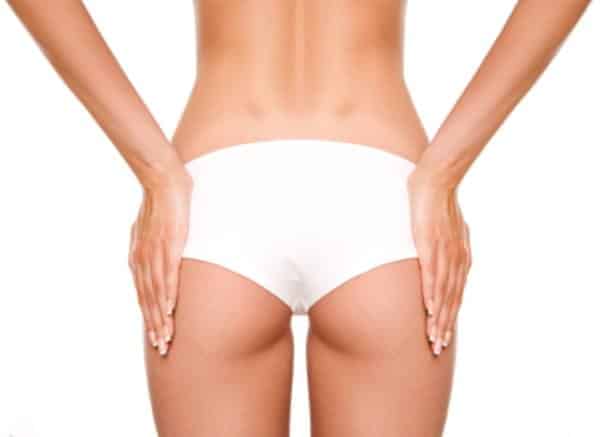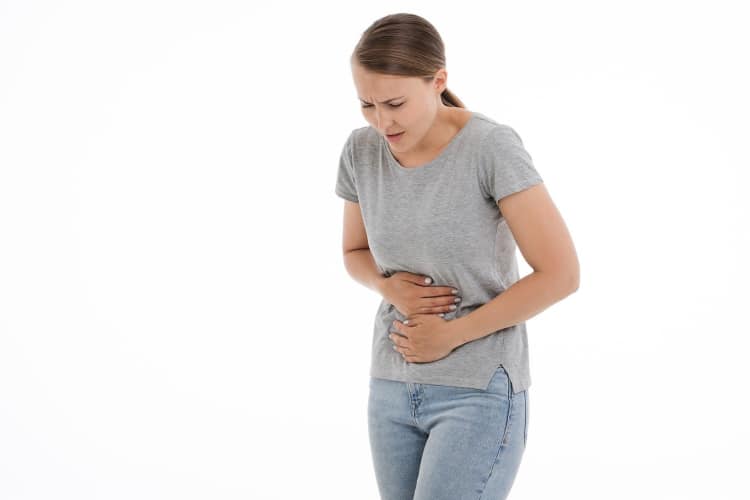
Top Ways to Treat Breast Cysts Naturally
Breast cysts are benign fluid-filled sacs that grow inside the breast tissue, normally affecting women over the age of 35 who have not reached the menopause. They are also detected in women who are using hormone replacement therapy (HRT) after they have gone through menopause.
In this article, you’ll learn and discover the top ways to treat breast cysts naturally.
Cysts in both your breasts are quite common, and they can become larger, tender and become painful just before your menstrual period. They can occur without noticing anything symptoms and they are sometimes found by chance when examinations by your GYN are done for some other reason. Usually, all breast cysts identified as “simple cysts” It is estimated that perhaps 1 in 1,000 cysts may harbor a tumor (not necessarily malignant). These can usually be identified by using an ultrasound. Women with cysts are not at greater risk for the development of cancer although this risk may be high if there is a family history of breast cancer.
Table of Contents
Diagnosis
Breast cysts can be detected by getting examined by your doctor using the current tests listed below:
- Breast examination
- Mammogram
- Ultrasound scan
- Fine needle aspiration cytology (FNAC).- The FNAC involves drawing off fluid from the cyst with a fine needle. If the lump is difficult to find within the breast you may have an ultrasound scan.
Treatment
If the cyst is large or does not go away on its own, your specialist will probably draw off the fluid with a fine needle and syringe. Once the fluid has been removed the cyst usually disappears. The drawn off fluid will only be sent to the laboratory for testing if it is bloodstained, as there is a small risk that this may be a sign of breast cancer.
Cysts can come back. This usually happens in about 30% of breast cyst cases. The treatment will be the same each time the breast cyst occurs. If a breast cyst continues to refill with fluid, a doctor may suggest a surgical biopsy to remove it.
Breast Cyst Treatment at Home
Breast Feeding Problems
Many women have problems with breastfeeding, especially in the first few weeks after your pregnancy. Many women face some problems. Breastfeeding can be a complex process and in many cases. Breastfeeding problems are when there are problems with the infant’s sucking technique, the mother’s milk supply, or other issues.
Diagnosis
Breastfeeding problems are first determined by an infant’s inability to gain weight. Most babies lose some weight in the first week of life. However, they should regain the weight quickly and be back at their birth weight at two weeks of age. An average weight gain of 6–8 oz per week should be maintained through the second or third month. After that, growth charts can demonstrate whether the child is gaining adequate weight. Once a problem has been established, a healthcare practitioner will ask questions about the baby’s feeding schedule and may observe the mother’s breastfeeding technique so he or she can determine if an improper latching technique or inadequate suckling is causing the difficulty. Lactation counselors can be helpful in diagnosing these problems. Further physical examination and tests may be necessary to determine if structural breast problems or placental fragments are causing the difficulties.
Breast engorgement, which can cause painful breasts and flattened nipples, making it difficult for a baby to latch on for feeding.
Symptoms
- White spots in baby’s mouth that don’t look like milk or can’t be wiped off
- Itchiness
- Bleeding nipples
- Fissures in the areola or nipples
- Breasts don’t leak at all
- Breasts never seem full
- Milk squirts out when baby starts to feed
- Baby gets upset at feedings
- Bras and shirts are often wet from milk from your breasts
- Red bumps on breast
- Flu-like symptoms
- Overfull nipples
- Sore nipples
- A Baby only wants to nurse on one breast
- Baby has a hard time nursing after using the bottle
- Baby refuses to nurse
- Feeling pain when your milk comes in
Causes/Treatment
Gently massage your breasts and express or pump some milk to soften your nipple and areola before breastfeeding. This will help your baby latch deeper onto your breast, past your nipple, and onto your areola. Wearing a supportive, well-fitting bra also may help, and applying cold compresses to your breasts occasionally after breast-feeding may reduce swelling and pain.
Sore or cracked nipples
You can help relieve the pain from sore or cracked nipples by rubbing a few drops of breast milk on the nipple and areola and allowing letting it dry completely.
Treatment
Try using a hair dryer on a low, cool setting to help your nipples dry more quickly. It may also help to apply pure lanolin cream on your nipples.
Blocked milk ducts and mastitis
Blocked milk ducts may cause a painful lump in the breast. Untreated blocked milk ducts can lead to an infection, which will require a visit to your doctor.
Treatment
Massage the affected area before breast-feeding and during feeding. This simple measure can help release the milk plug. You should always feed your baby on the affected side first. Your baby is usually more eager at the start of a feeding. The stronger sucking force helps empty the breast and unblock the duct.
Poor let-down problem
Treatment
Practice relaxation techniques; breastfeed in comfortable, quiet, and familiar spots; eat properly and drink plenty of fluids. Your doctor may prescribe oxytocin if your letdown does not improve within a few days of starting breastfeeding.
Breast milk leaking
Treatment
Your let-down reflex may be stimulated unintentionally. Be prepared by using absorbent pads that you change frequently. You can use washable or disposable pads, but do not use pads that have a plastic backing.
Low milk supply
Treatment
More frequent breast-feeding usually helps increase your milk supply within 48 hours. You can also try pumping both breasts for 10 to 15 minutes each after you have just fed your baby. You should notice an increase in your milk supply after 2 to 4 days of the extra pumping. Other factors sometimes affect milk production; however, it is rare to have a true milk deficiency. Contact a lactation consultant if you think your milk supply is too low.
Psychological Issues
Treatment
Support from family and friends are necessary for any new mother, especially one that chooses to nurse her child. If no familiar support network exists, women may seek help from groups for nursing mothers. Many hospitals offer mothers and their spouse’s classes on breastfeeding techniques and nursing issues. Women who have negative feelings about breastfeeding may find classes helpful in overcoming these issues.






